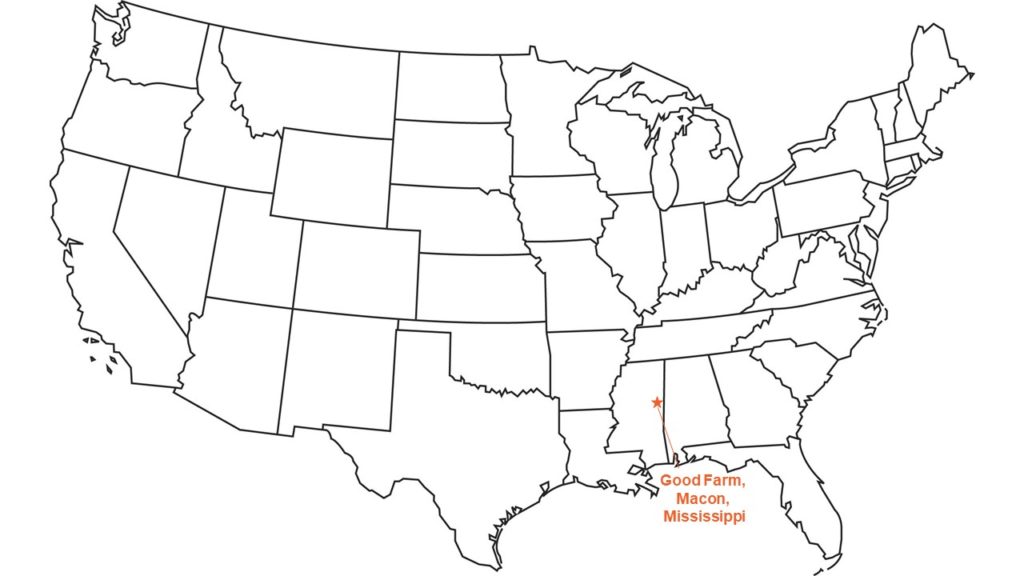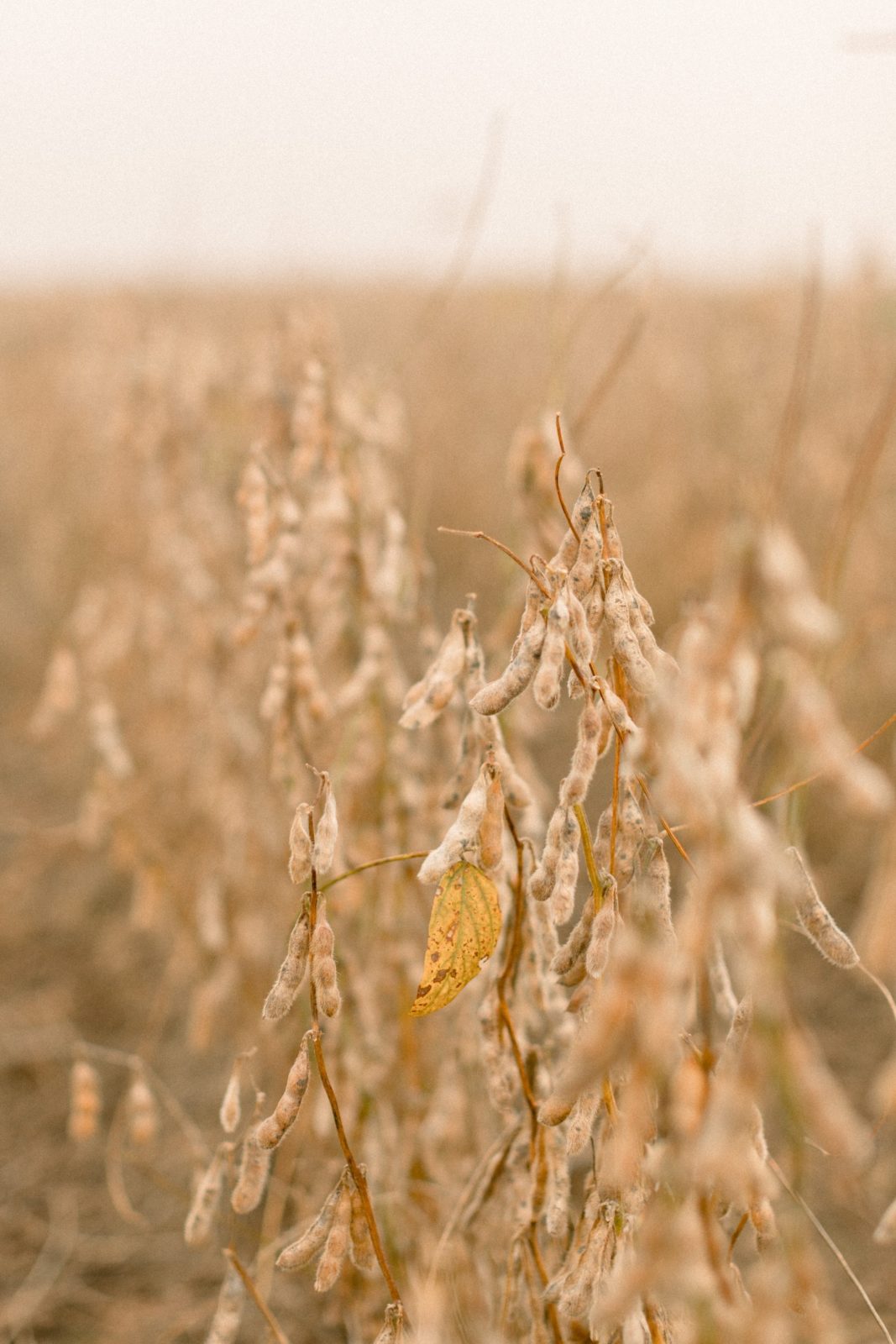Our fall season has been very busy, as usual. Weather conditions have been ideal for harvesting in our region of the U.S. South.
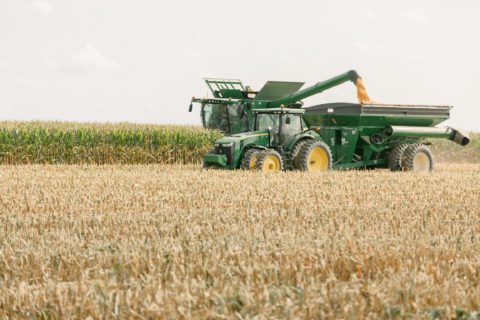
We wrapped up corn harvest in mid-September and hauled it to local customers. We finished harvesting cotton in mid-October, and the cotton is now waiting to be ginned, the first step in preparing it to be used. Yields for both these crops were slightly below average, due to this year’s weather. We experienced a wet spring, followed by a very hot, dry summer.
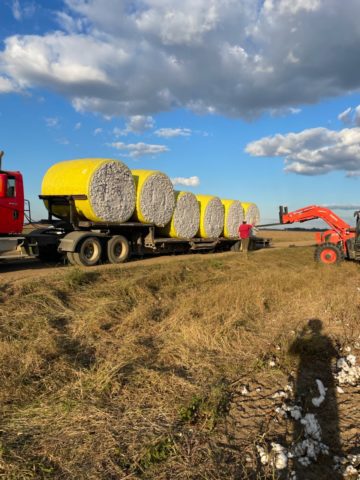
Soybean harvest started in late September, and we finished harvesting this crop on October 21. Thanks to a couple weeks of rain in August, our soybean yields have been average to slightly above average. That rain came at a critical time to help the soybeans fill the pods.
During harvest, I usually run a combine. Looking at the crops from the combine cab gives me a bird’s eye view that helps me make decisions about factors like weed control, drainage and more for next season.
We are also waiting our turn to harvest our catfish, which have grown well this year. When our processor is ready for our catfish, a seining crew will come to help us. The crew is a group of workers that collect our fish. They provide the sein, which is a type of net, the reel and the grading sock, while we provide two tractors.
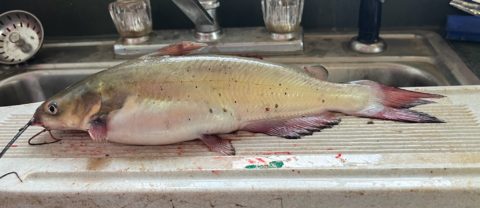
Our tractors are used to unwind the reel of sein around a pond. The sein circles the pond, and the tractors draw it into a smaller and smaller circle to corral the catfish. The grading sock, which is a long tube of net, is attached to the sein, and serves as a “door” the fish can swim into. The grading sock determines the size of each catfish.
The fish move through the grading sock into large buckets. A crane transfers the catfish into oxygenated tanks on a semitruck. The truck carries 7 or 8 tanks. These tanks keep the fish alive and healthy as they go to the processor, about 48 km, or 30 miles, from our farm.
Harvest typically starts around 3 a.m. The crew takes 2 or 3 hours to harvest a pond, so the catfish are loaded for transport by about 6 a.m. Within an hour of arriving at the processor, the fish are filleted and flash-frozen, ensuring quality.
Just one pond is harvested each day. The first harvest catches about 80% of the fish. After all of our 12 ponds have been seined once, the crew goes back to catch the remaining fish.
Harvest is exciting, but so is visiting our customers. With my son Christian taking on more of the decision-making for our farm, I was able to spend a week in early October visiting U.S. Soy customers in Japan.
The U.S. Soybean Export Council (USSEC) organized a trip to meet with Japanese customers of both conventional soybeans and soy foodbeans. Two other U.S. soybean farmers participated in the trip, and together we emphasized the sustainability of our soybeans during a conference and individual meetings with processors.
I returned home to finish soybean harvest, prepare for catfish harvest and focus on fall fieldwork.
With the crops gathered, we are preparing fields for next year’s crop. We apply fertilizer to provide the soil fertility needed for the crop we plan to plant in each field next spring.
To protect our soils from erosion due to heavy winter rains, we are chiseling and hipping our fields. What we call hipping is known as ridge-till in other areas of the U.S. We move the soil into long hips, or ridges, through the field. Next spring, we will plant seeds between those hips.
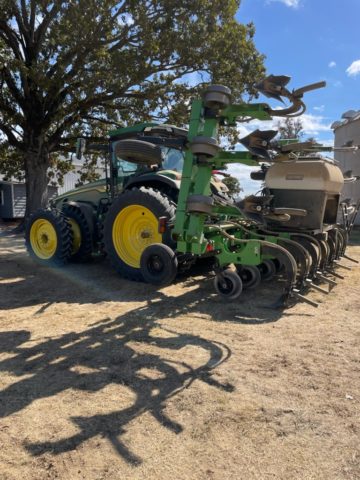
We sow cover crops while hipping fields. We used blends of wheat and clover as a cover crop following all of our crops. We often include rye in our cover crop mixture, but its availability is limited this fall.
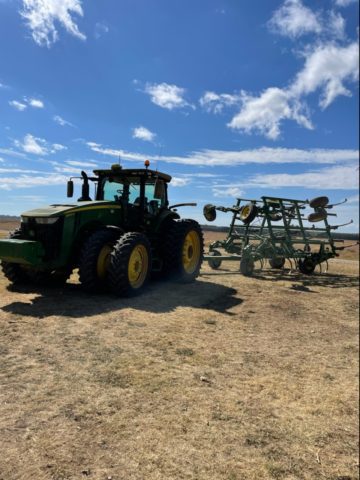
I have enjoyed sharing Ground Work 2022 updates from my farm. We proudly produce a reliable supply of high-quality soybeans, as well as catfish, corn and cotton. Thank you for following along.
